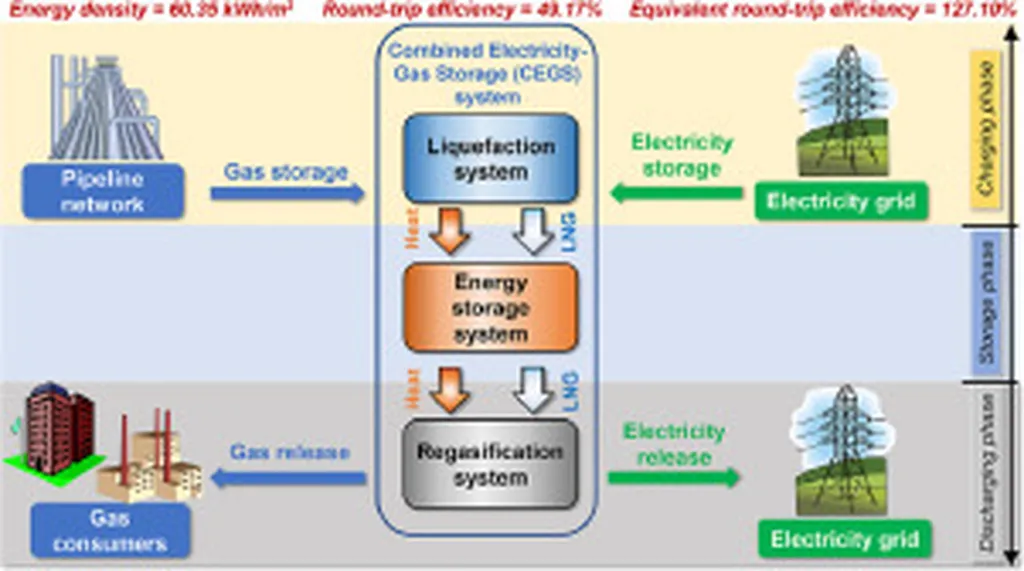In a significant stride towards optimizing clean energy utilization, researchers have developed a novel approach to configure distributed pumped storage systems, potentially reshaping the economic landscape for industrial users reliant on wind, solar, and small hydropower resources. The study, published in the journal *Energies*, offers a bi-level optimization model that could enhance operational efficiency and reduce electricity costs, marking a pivotal advancement in the integration of renewable energy sources.
At the heart of this research is Yongjia Wang, a scholar from the College of Electrical Engineering and New Energy at China Three Gorges University. Wang and his team have tackled the economic challenges faced by industrial users who depend on clean energy systems. Their proposed method aims to maximize the investment benefits of distributed pumped storage while minimizing the operational costs of clean energy systems under a two-part electricity price mechanism.
The study introduces a sophisticated approach that considers the hydraulic coupling relationship between basins, optimizing the operation strategies of both distributed pumped storage power stations and small hydropower stations. “By integrating these systems, we can significantly improve the seasonal operational performance and overall efficiency of clean energy utilization,” Wang explained. This coordinated dispatch strategy not only reduces operational costs but also minimizes water wastage, a critical factor in sustainable energy production.
The research demonstrates substantial economic benefits. Post-implementation analyses revealed monthly operating cost reductions of 2.36 million RMB during wet periods, 1.72 million RMB during dry periods, and 2.13 million RMB during normal periods. Additionally, the coordinated dispatch strategies led to a remarkable decrease in hydropower station water wastage, with reductions of 82,000 cubic meters, 28,000 cubic meters, and 52,000 cubic meters during the corresponding periods.
The bi-level optimization model, solved using the alternating direction multiplier method and CPLEX solver, provides a robust framework for optimizing the configuration and operation of distributed pumped storage systems. This approach could have far-reaching implications for the energy sector, offering a blueprint for enhancing the economic viability and sustainability of clean energy systems.
As the world continues to transition towards renewable energy sources, the findings of this study could play a crucial role in shaping future developments. By optimizing the integration of distributed pumped storage systems, industrial users can achieve greater economic efficiency and resource sustainability, paving the way for a more resilient and environmentally friendly energy landscape. The research, published in *Energies*, underscores the potential of innovative technologies to drive the clean energy revolution forward.

